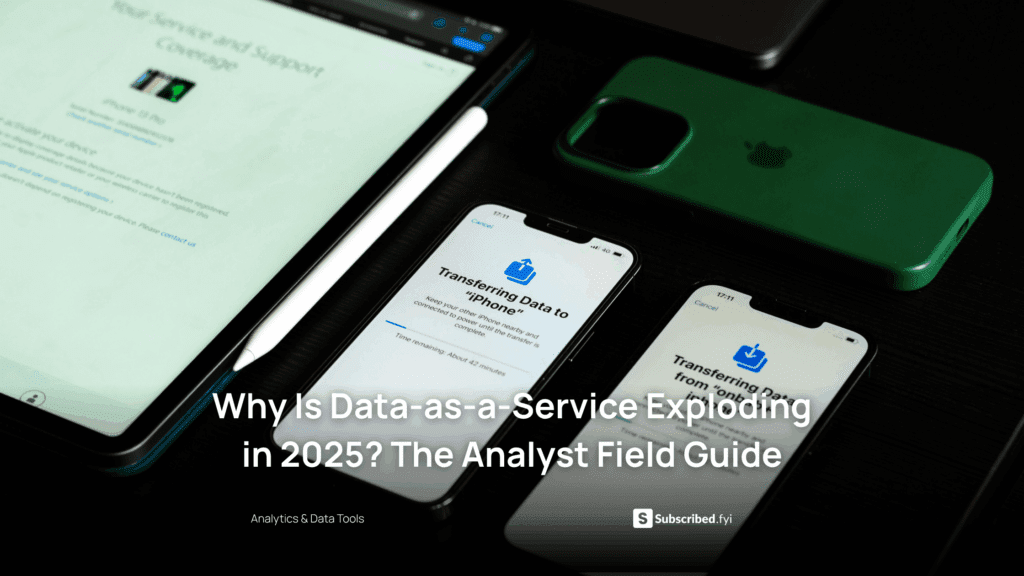Inventory Control Techniques: Mastering the Basics


Inventory Control Techniques: Mastering the Basics
In the realm of business operations, efficient inventory control is paramount for success. Whether you’re a small startup or a large enterprise, mastering the basics of inventory control techniques can significantly impact your bottom line. In this comprehensive guide, we’ll explore four fundamental techniques that can help streamline your inventory management process.
1. Just-in-Time (JIT) Inventory Management
Just-in-Time inventory management is a strategy aimed at minimizing inventory levels by receiving goods only as they are needed in the production process. By reducing excess inventory, businesses can lower carrying costs and free up capital for other investments. SaaS products like Cin7 offer robust inventory management features, enabling businesses to implement JIT principles effectively.
2. ABC Analysis
ABC Analysis categorizes inventory items into three categories based on their importance and value: A, B, and C. Class A items are high-value, critical items that require tight control and frequent monitoring, while Class C items are low-value, less critical items. SaaS solutions like Fishbowl Inventory provide ABC analysis tools, allowing businesses to prioritize inventory management efforts and optimize stock levels accordingly.
3. Economic Order Quantity (EOQ)
Economic Order Quantity is a formula used to determine the optimal order quantity that minimizes total inventory costs. By striking a balance between ordering costs and holding costs, businesses can avoid stockouts while minimizing excess inventory. SaaS platforms such as Zoho Inventory offer EOQ calculation capabilities, helping businesses make data-driven decisions to optimize their ordering processes.
4. Vendor-Managed Inventory (VMI)
Vendor-Managed Inventory is a collaborative approach in which suppliers manage their customers’ inventory levels based on mutually agreed-upon agreements. By outsourcing inventory management to suppliers, businesses can reduce stockouts, improve inventory turnover, and streamline replenishment processes. SaaS solutions like SAP Ariba provide VMI tools that facilitate seamless collaboration between suppliers and buyers, ensuring optimal inventory levels at all times.
Recommended Saas Products
- Cin7: Streamline your inventory management with Cin7’s comprehensive features tailored for effective JIT implementation.
- Fishbowl Inventory: Optimize your ABC analysis and prioritize inventory efforts with Fishbowl’s intuitive tools.
- Zoho Inventory: Calculate your EOQ effortlessly and make data-driven decisions with Zoho’s inventory management capabilities.
- SAP Ariba: Facilitate seamless VMI collaboration with SAP Ariba’s robust tools for suppliers and buyers.
Conclusion
Mastering the basics of inventory control techniques is essential for businesses seeking to optimize their operations and maximize profitability. Whether implementing JIT principles, conducting ABC analysis, optimizing EOQ, or adopting VMI strategies, leveraging the right tools and techniques can lead to significant improvements in inventory management efficiency.
Streamline Your Inventory Management with Subscribed.fyi!
Ready to revolutionize your inventory management process? Subscribed.fyi offers a comprehensive platform for managing your SaaS stack, including inventory management solutions like Cin7, Fishbowl Inventory, Zoho Inventory, and SAP Ariba. Sign up for free today and unlock exclusive deals on essential tools to streamline your inventory control efforts!
Relevant Links:











